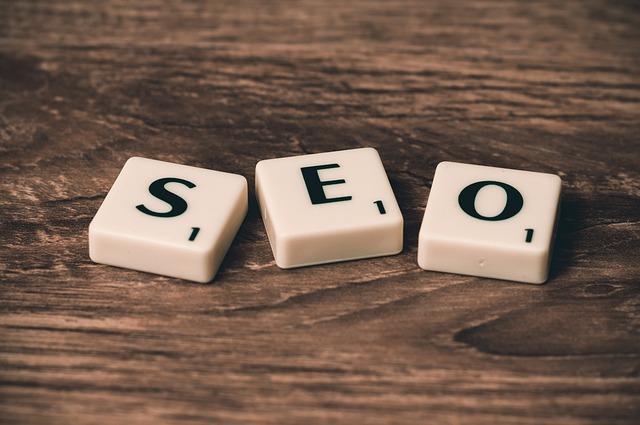Understanding ChatGPT
What is Chat GPT?
ChatGPT is a language model developed by OpenAI that is trained to generate human-like text based on a given prompt or context. It can be used for various natural languages processing tasks, such as language translation, text summarization, and conversation generation. It is based on the GPT (Generative Pre-training Transformer) architecture, a type of neural network designed to process and generate large amounts of text data.
How to use Chat GPT?
There are a few different ways to use ChatGPT, depending on the specific application or task you have in mind. Some common use cases include:
-
Text generation: You can provide a prompt or starting text to ChatGPT, and it will generate a continuation of that text. This can be used for tasks like writing stories, composing poetry, or developing dialogue.
-
Text completion: You can provide a partially-written sentence or phrase to ChatGPT, and it will generate the rest of the text. This can be used for tasks like auto-completing text messages or search queries.
-
Text classification: You can use ChatGPT to classify text into different categories based on its content. This can be used for tasks like sentiment analysis or spam detection.
-
Text summarization: You can provide a long piece of text to ChatGPT, and it will generate a shorter summary of the main points.
To use ChatGPT in any of these ways, you will typically need to interact with the model through an API provided by OpenAI. The API allows you to send requests to the model and receive the generated text as a response.
You can also use a pre-trained model or fine-tune it on your own dataset to achieve better performance on your specific task.
Several libraries make it easier to interact with ChatGPT, such as HuggingFace’s transformers a library that provides a simple Python interface for working with the model.
Top 10 Benefits of Chat GPT in Marketing?
-
Content creation: ChatGPT can be used to generate high-quality, unique content for marketing campaigns, such as blog posts, social media posts, and email newsletters.
-
Personalized messaging: ChatGPT can be used to create personalized, one-on-one messaging for customer interactions, such as chatbots or virtual assistants.
-
Ad copywriting: ChatGPT can be used to generate compelling ad copy for various marketing channels, such as Google Ads or Facebook ads.
-
Product descriptions: ChatGPT can be used to generate product descriptions for e-commerce websites, which can help to increase sales.
-
Email marketing: ChatGPT can be used to generate personalized email content, subject lines, and call-to-action phrases.
-
SEO optimization: ChatGPT can be used to generate meta descriptions, keywords, and other SEO-friendly content that can help to improve a website’s search engine rankings.
-
Social media management: ChatGPT can be used to generate social media posts, captions, and comments, which can help to increase engagement and followers.
-
Influencer marketing: ChatGPT can be used to generate content for influencer marketing campaigns, such as product reviews or sponsored posts.
-
Chatbot development: ChatGPT can be used to generate responses for chatbots, which can help to improve customer service and automate repetitive tasks.
-
Predictive analytics: ChatGPT can be used to analyze customer data and predict future behaviors, which can help to inform marketing strategies and optimize ROI.









